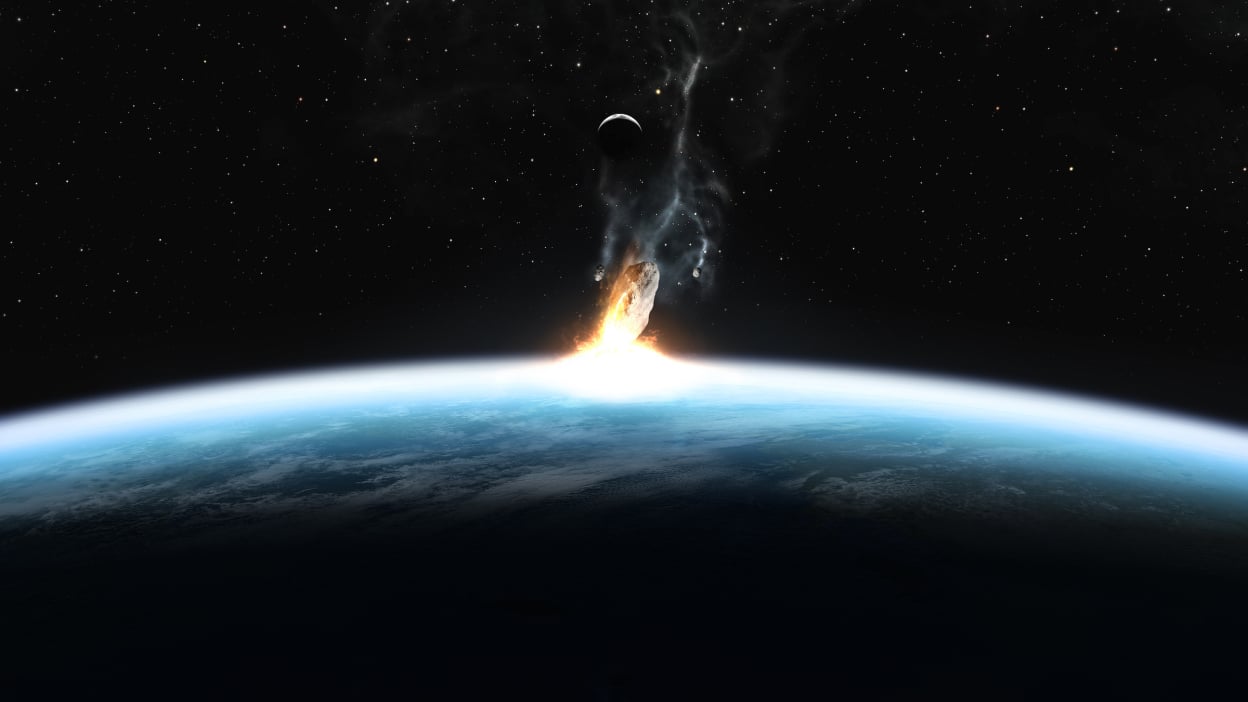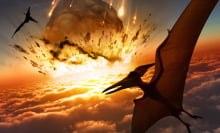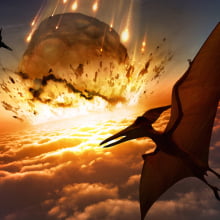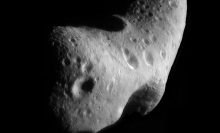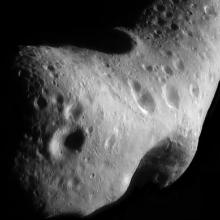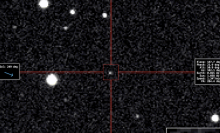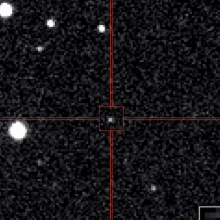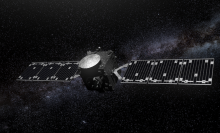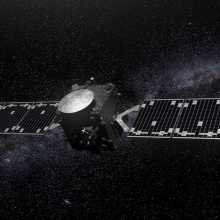Chaos once reigned on Earth.
Huge asteroids or chunks of ancient objects once pummeled planets in the unsettled solar system, and scientists previously found evidence that a particularly monstrous object struck our planet some 3.26 billion years ago. It was 50 to 200 times the size of the dinosaur-killing asteroid. It boiled the oceans, drove global darkness for years to decades, and stoked unimaginable tsunamis (thousands of meters deep) that shredded coastal seafloors.
But even so, new research shows that primitive life found a way to thrive.
"We think of impact events as being disastrous for life," Nadja Drabon, an earth and planetary scientist at Harvard University who led the study, said in a statement. "But what this study is highlighting is that these impacts would have had benefits to life, especially early on, and these impacts might have actually allowed life to flourish."
The research about this dramatic event, known as the "S2" meteorite impact, was recently published in the Proceedings of the National Academy of Sciences.
Scientists suspect the impact left behind a monstrous crater some 297 miles (487 kilometers) wide, and created rock formations that remain exposed today in South Africa — with telltale signs from the ancient collision. In this study, Drabon and her team closely scrutinized layers of this ancient rock, collecting over 200 samples from 5 meters (16 feet) below the fallback layer (of debris falling back to Earth) and up to 8 meters (26 feet) above this blanket of impact material.
Crucially, the post-impact layers showed "significant changes" in their formation and composition, the authors wrote, including a notable increase in iron and iron-rich minerals called "siderites." Siderites often form in environments where microbes cycle iron for energy, meaning they show areas where microbes likely flourished — even as many primitive organisms that required sunlight met their demise.
"These impacts might have actually allowed life to flourish"
"The tsunami, atmospheric heating, and darkness would likely have decimated phototrophic microbes in the shallow water column," the authors wrote. "However, the biosphere likely recovered rapidly, and, in the medium term, the increase in nutrients and iron likely facilitated microbial blooms, especially of iron-cycling microbes."
The graphic below shows how the great tsunami whipped up iron in the heated seas, allowing it to circulate to the surface. The iron-munching microbes exploited this bounty.
A: Shows Earth's environment pre-impact, with green photosynthetic life on the surface and iron (Fe2+) in the deep ocean.
B: Earth's seas are riled just after impact, with iron mixing all over the water column as great tsunamis drove through the water.
C: The boiling ocean experiences evaporation, and nutrients from the tsunami-pummeled land flow into the sea.
D: Iron in the ocean (from the ocean circulation, from the impactor itself, and from erosion), along with nutrients (like phosphorus) from land stoke great microbial activity in the water column, and possibly mass blooms on the ocean surface, too.
E: Eventually, the environment, perhaps thousands of years later, returns to its pre-impact state.
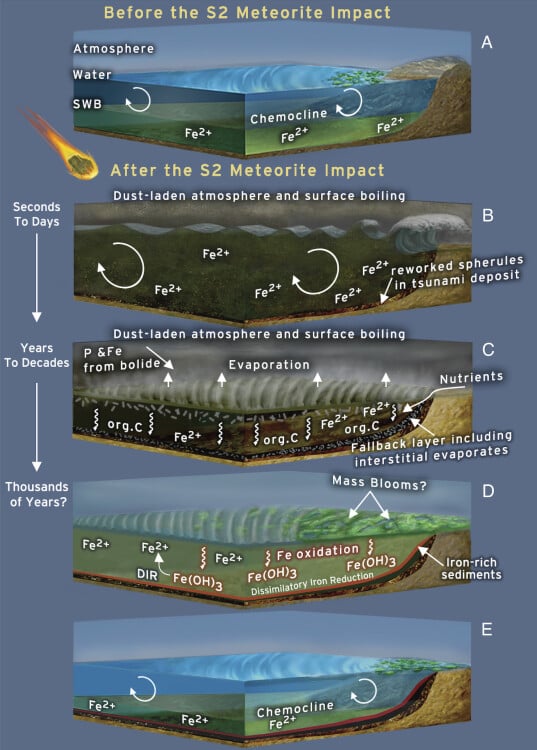
Earth scientists will continue sleuthing out Earth's distant — and at times violent — past from this rocky region in South Africa, called the Barberton Greenstone Belt.
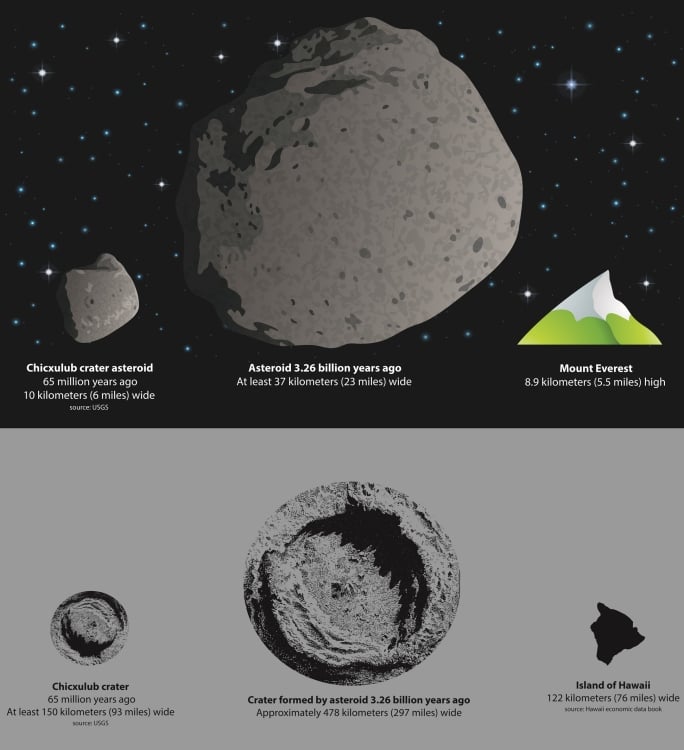
The risks of an asteroid impact today
Thankfully, big or catastrophic impacts from space rocks have become rare on Earth. Here are today's general risks from asteroids or comets both tiny and very large. Importantly, even relatively small rocks are still threatening, as the surprise 56-foot (17-meter) rock that exploded over Russia and blew out people's windows in 2013 proved.
Every single day about 100 tons of dust and sand-sized particles fall through Earth's atmosphere and promptly burn up.
Every year, on average, an "automobile-sized asteroid" plummets through our sky and explodes, NASA explains.
Impacts by objects around 460 feet (140 meters wide) in diameter occur every 10,000 to 20,000 years.
A "dinosaur-killing" impact from a rock perhaps a half-mile across or larger happens on 100-million-year timescales.
Topics NASA
